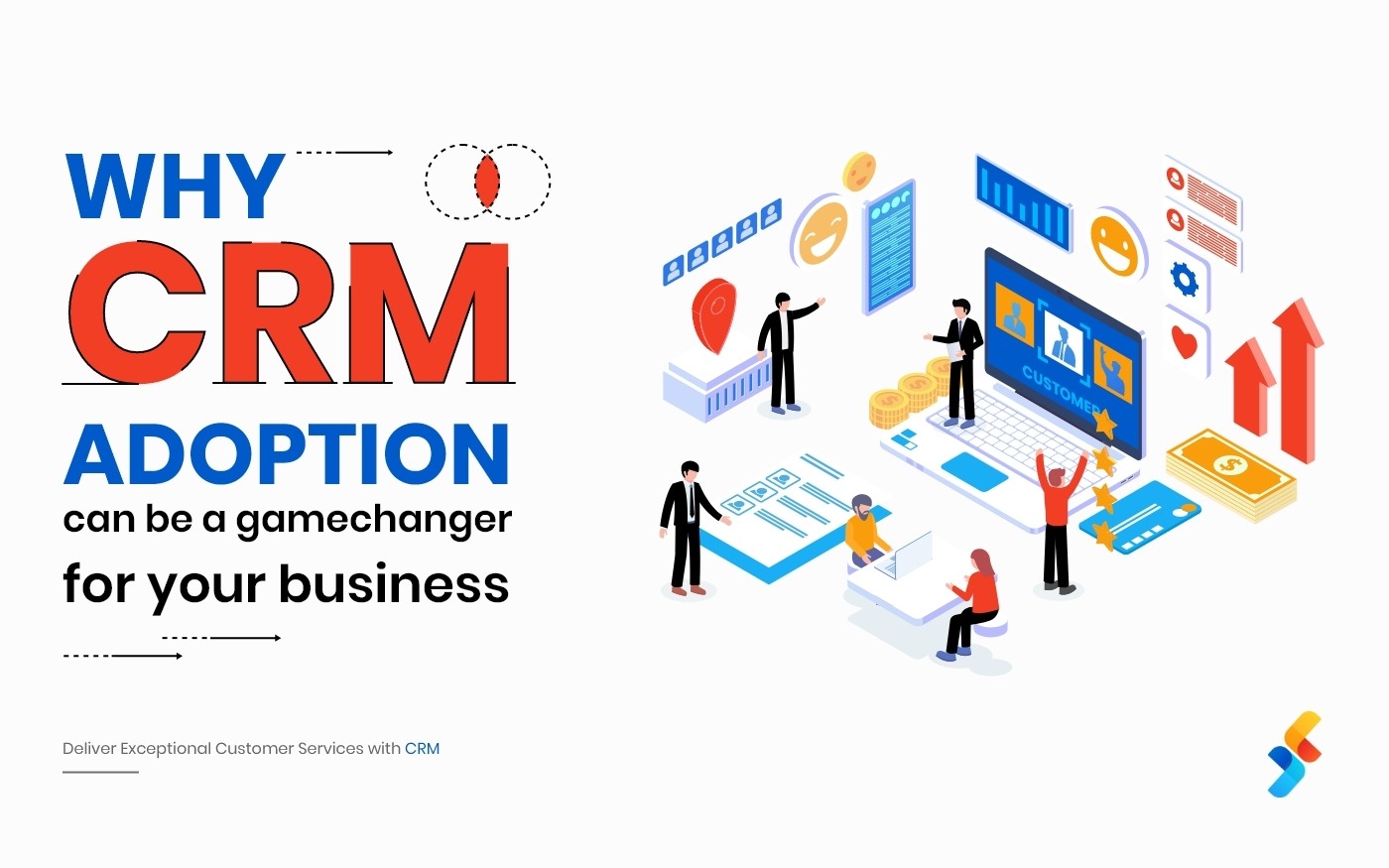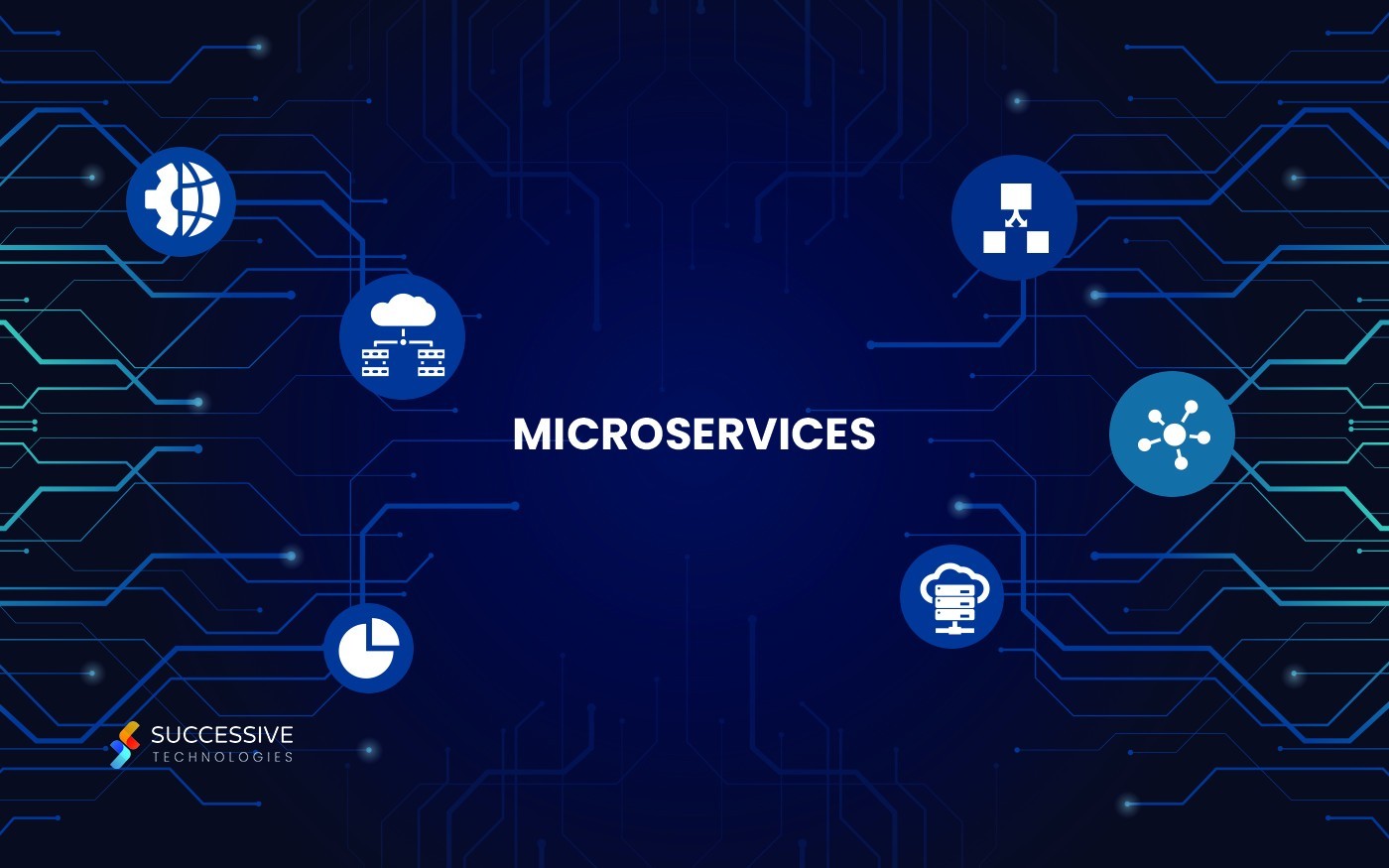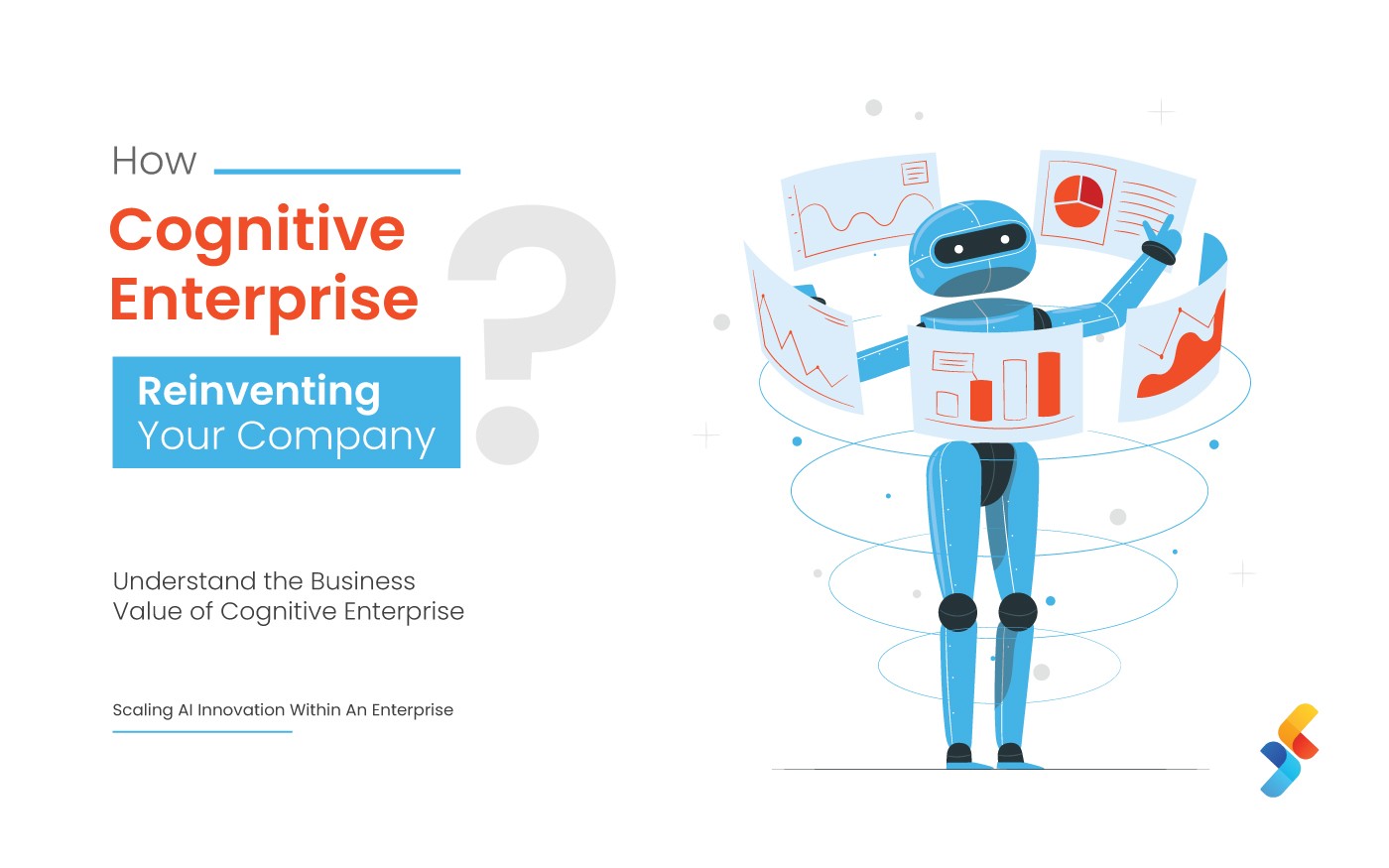There has been a huge increase in the technology involved in the daily life of humans in the past 50 years. From engineers feeding in 0s and 1s into a room-sized computer to a wrist watch reminding us to complete our daily goal of 20,000 steps, technology has come a long way. The common man hadn’t even heard of a smartphone 12 years ago and today it’s hard to spend even a few hours without it. The technological advancement seen in the last decade was unseen in human history and it’s natural that we will one-up ourselves in the coming years. With a lot of new tech being conceptualized developed and tested, the future looks more exciting than ever before. There are many exciting new technologies that will continue to transform the world and improve human welfare. Here are six of them-
1. Self-Driving Cars
Self-driving cars exist today that are safer than human-driven cars in most driving conditions. Google, Uber have been testing them for over 2 years now. Over the next 3–5 years they’ll get even safer, and will begin to go mainstream. The World Health Organization estimates that 1.25 million people die from car-related injuries per year. Half of the deaths are pedestrians, bicyclists, and motorcyclists hit by cars. Cars are the leading cause of death for people ages 15–29 years old.
Just as cars reshaped the world in the 20th century, so will self-driving cars in the 21st century. In most cities, between 20–30% of usable space is taken up by parking spaces, and most cars are parked about 95% of the time. Self-driving cars will be in almost continuous use (most likely hailed from a smartphone app), thereby dramatically reducing the need for parking. Cars will communicate with one another to avoid accidents and traffic jams, and riders will be able to spend commuting time on other activities like work, education, and socializing.
2. Virtual and Augmented Reality
Computer processors only recently became fast enough to power comfortable and convincing virtual and augmented reality experiences. Companies like Facebook, Google, Apple, and Microsoft are investing billions of dollars to make VR and AR more immersive, comfortable, and affordable.
People sometimes think VR and AR will be used only for gaming, but over time they will be used for all sorts of activities. For example, we’ll use them to manipulate 3-D objects.
To meet with friends and colleagues from around the world. And even for medical applications, like treating phobias or helping rehabilitate paralysis victims.VR and AR have been dreamed about by science fiction fans for decades. In the next few years, they’ll finally become a mainstream reality.
3. The Internet of Things
The Internet of Things has long been talked about amongst tech insiders as the next big innovation in-home technology. In recent years, IoT has begun to carve a niche for itself in everyday life with the growing adoption of systems like Google’s Home and Amazon’s Alexa. These devices will continue to integrate more aspects of the home into one harmonious system by utilizing the internet, allowing a user to control anything from the air conditioning to their security via voice command and a small personal assistant.
Apple has announced its plans to roll out the HomePod this year and Samsung is reportedly working on their Bixby technology in order to compete with the success of the Google and Amazon systems. You can expect that one of these devices will be simplifying life in your home and the homes around you by 2020.
4. Artificial Intelligence
Artificial intelligence has made rapid advances in the last decade, due to new algorithms and massive increases in data collection and computing power. AI can be applied to almost any field. For example, in photography, an AI technique called artistic style transfer transforms photographs into the style of a given painter.
Google built an AI system that controls its datacenter power systems, saving hundreds of millions of dollars in energy costs. The broad promise of AI is to liberate people from repetitive mental tasks the same way the industrial revolution liberated people from repetitive physical tasks.
Some people worry that AI will destroy jobs. History has shown that while new technology does indeed eliminate jobs, it also creates new and better jobs to replace them. For example, with the advent of the personal computer, the number of typographer jobs dropped, but the increase in graphic designer jobs more than made up for it. It is much easier to imagine jobs that will go away than new jobs that will be created. Today millions of people work as app developers, ride-sharing drivers, drone operators, and social media marketers- jobs that didn’t exist and would have been difficult to even imagine ten years ago.
5. Internet for everyone
We can’t seem to live without the internet (how else would you read sciencefocus.com?), but still only around half the world’s population is connected. There are many reasons for this, including economic and social reasons, but for some, the internet just isn’t accessible because they have no connection.
Google is slowly trying to solve the problem using helium balloons to beam the internet to inaccessible areas, while Facebook has abandoned plans to do the same using drones, which means companies like Hiber are stealing a march. They have taken a different approach by launching their own network of shoebox-sized microsatellites into low Earth orbit, which wakes up a modem plugged into your computer or device when it flies over and delivers your data.
Their satellites orbit the Earth 16 times a day and are already being used by organisations like The British Antarctic Survey to provide internet access to very extreme of our planet.
6. Cryptocurrency & Blockchain
After Bitcoin’s meteoric price jump in 2017, major tech players have begun to take cryptocurrencies seriously. Along with major Initial Coin Offerings that have hit major news outlets like Etherium, smaller companies are developing Stablecoins that provide an attempt to provide all the pros of cryptocurrency transactions without the price fluctuations that have plagued the system. As these coins begin to work themselves out and exchanges even out the fluctuations in prices, expect these assets to be mainstream methods of payment by 2020.
Blockchain, the decentralized ledger that holds together cryptocurrencies, has applications reaching far beyond financial transactions. Companies have applied the technology to everything, from simplifying tracking and access to information in academia to interesting and amusing games that use complex algorithms to create unique experiences.
You can read more of our blogs here.












